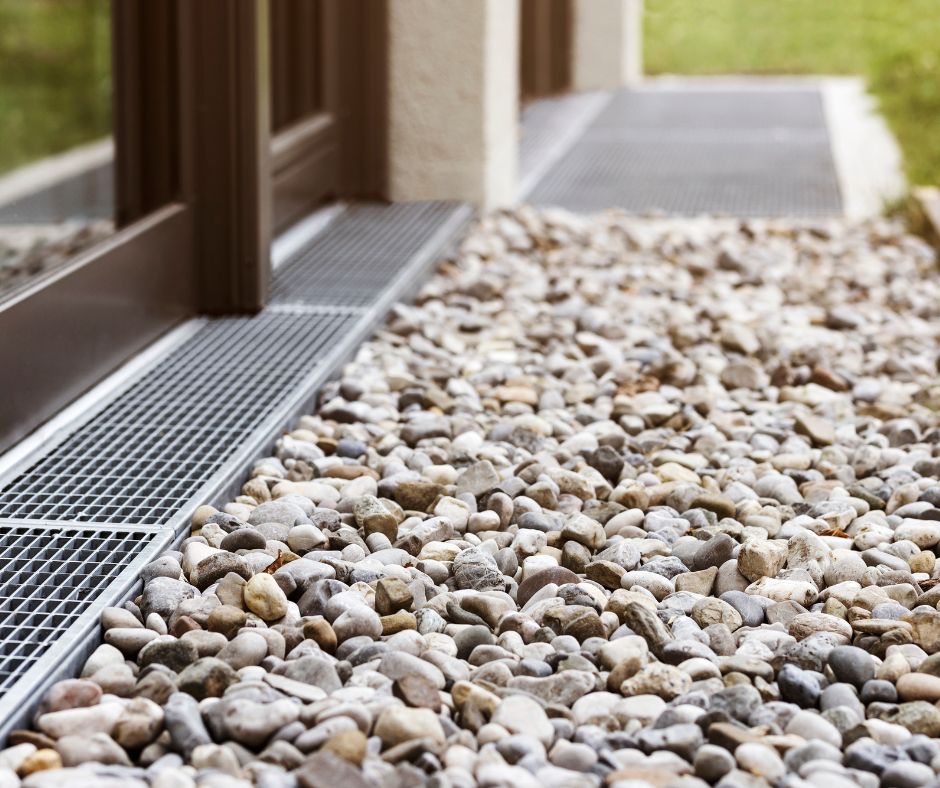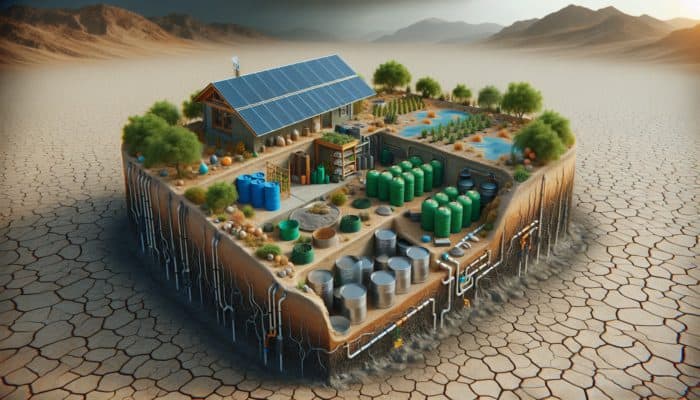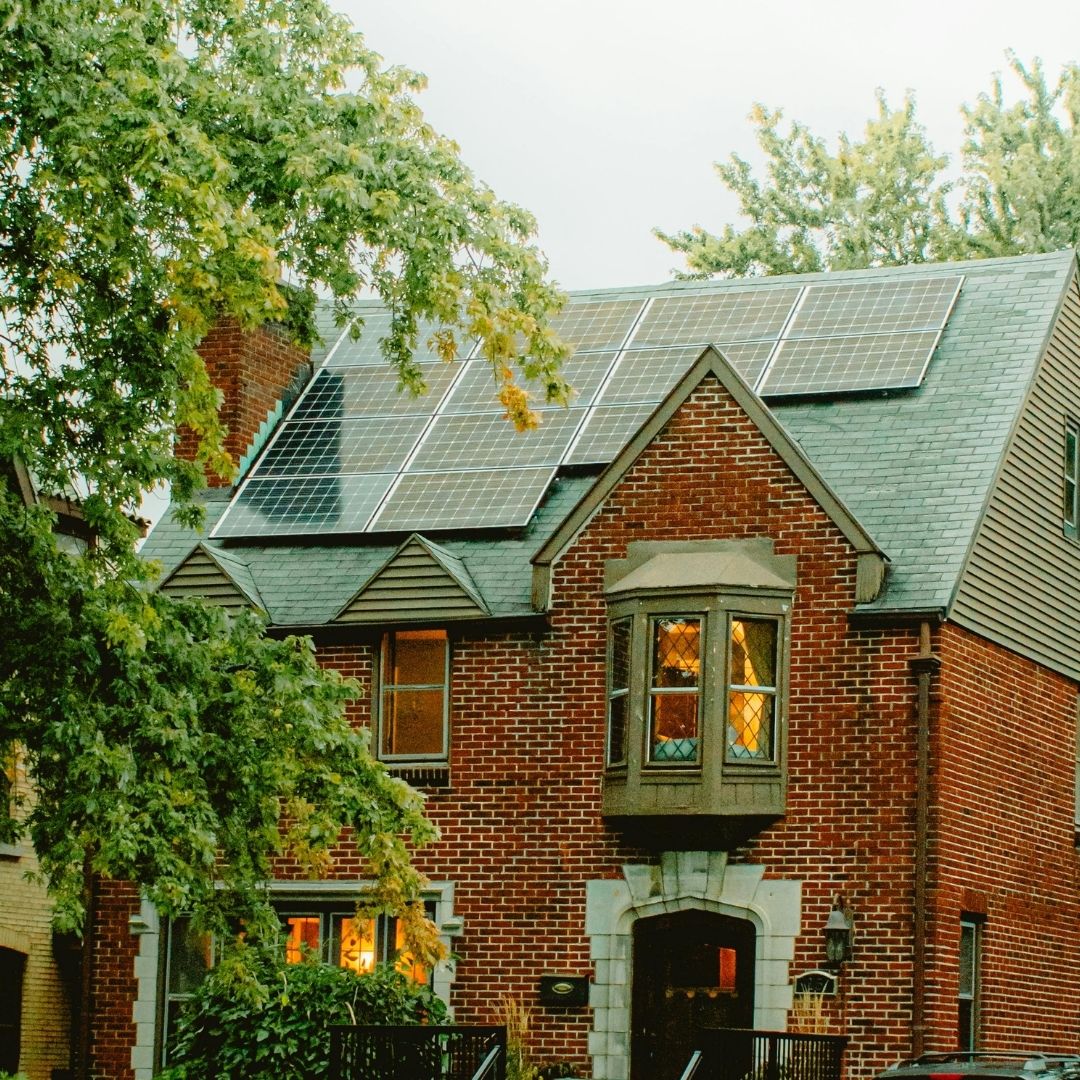Stormwater drainage systems play a pivotal role in infrastructure, consisting of various components such as roof plumbing drainage, French drains, spoon drains, and strip drains. These vital systems are essential for managing stormwater runoff efficiently and preventing potential water damage to your property. Regular maintenance goes beyond mere recommendation; it is crucial for avoiding serious issues such as drain blockages and the risk of flooding. If you encounter problems like clogged grates, invasive roots invading your pipes, or aging plumbing systems, establishing a proactive maintenance routine can significantly lower the chances of future complications and costly repairs. Understanding the intricacies of maintaining these systems is vital for protecting your home and ensuring its longevity.
This extensive guide delves into best practices for maintaining your drainage systems and outlines actionable steps to take should you face any blockages along the way.

Maximize Efficiency: Proven Strategies for Maintaining Traditional Stormwater Drain Systems
Traditional stormwater drains are essential features in most properties, specifically designed to efficiently redirect rainwater away from structures to minimize the risk of flooding. Over time, however, these systems can become obstructed by various types of debris, such as leaves, dirt, and branches, which can severely hinder their functionality. To prevent water accumulation near your home’s foundation—a serious issue that can lead to extensive structural damage—it is crucial to perform routine maintenance. Establishing a consistent upkeep schedule not only boosts the efficiency of your drainage systems but also extends their lifespan, especially during periods of heavy rainfall. By investing time in regular care, you ensure that your property remains safe and dry.
Essential Tips for Caring for Traditional Drains:
- Regularly clear the grates and gutters: Make it a habit to remove accumulated leaves and debris routinely, especially after storms when the risk of blockage is at its peak.
- Monitor for pooling water: Stay vigilant for signs of water backing up or pooling near your drains, as these may indicate a blockage. Additionally, keep an eye out for soggy patches in your garden, signaling potential drainage issues that need addressing.
- Engage professional services: Scheduling routine inspections and cleanings with a qualified plumber, such as Creek to Coast, ensures that your drains operate at peak efficiency and helps you to sidestep future complications.
Achieve Maximum Efficiency: Best Practices for French Drain Maintenance
French drains are ingeniously designed systems that redirect groundwater away from your home and retaining walls, making them indispensable for efficient moisture management. However, these underground installations require consistent care and attention to prevent blockages that can disrupt their operation. Comprising gravel and a perforated pipe, French drains efficiently facilitate water diversion, but they are susceptible to clogging from dirt, sediment, and even invasive roots over time. Regular maintenance is vital for ensuring their operational efficiency and longevity, which ultimately helps to prevent issues that could lead to costly repairs.
Key Maintenance Tips for French Drains:
- Watch for slow drainage: If you notice that water is not draining as expected, this may indicate a clog that needs immediate attention to avert further complications.
- Regularly flush the system: Periodic flushing with water can help eliminate potential blockages before they develop into significant problems that disrupt drainage.
- Seek professional cleaning services: If you notice sediment accumulation or root intrusion, contact Creek to Coast for thorough cleaning, potentially employing hydro-jetting tools for effective pipe clearing.
Key Practices for Maintaining Spoon Drains Effectively
Spoon drains are characterized by shallow, curved channels specifically designed to efficiently guide surface water away from driveways, patios, and other paved surfaces. Although they typically require minimal upkeep, regular attention is necessary to prevent clogging that can lead to water pooling on your property, causing significant damage over time. By adopting simple yet effective maintenance habits, you can ensure that your spoon drains remain functional and efficient, safeguarding your property from potential flooding.
Maintenance Guidelines for Spoon Drains:
- Keep the channel debris-free: Regularly sweeping out leaves, dirt, and other materials will help maintain smooth water flow. A high-pressure washer can be particularly effective for thorough cleaning.
- Check the slope: Ensure that the slope of the spoon drain remains intact and functioning correctly, as gravity is essential in directing water away.
- Inspect for damage: Regularly check the drain for cracks or breaks, as they may be compromised by vehicle traffic and might need repair to maintain optimal function.
- Seek professional evaluation: If you notice poor drainage, it may be wise to contact Creek to Coast for a professional assessment to make necessary adjustments or repairs for optimal performance.
Proactive Maintenance Steps for Linear Drain Systems
Linear drains, often referred to as trench drains, are strategically installed in various locations such as driveways and pool decks to effectively capture surface runoff. While they excel at preventing water accumulation, they can collect debris over time, making regular cleaning essential to maintain their effectiveness. Establishing a consistent cleaning routine is vital to prevent blockages that could cause water pooling and damage in adjacent areas, thus ensuring the long-term performance and durability of these systems.
Maintenance Tips for Linear Drains:
- Frequently clean the grates: Regularly monitor the grates for any buildup of dirt, leaves, or debris that could obstruct water flow, and remove these blockages as necessary.
- Regularly flush the system: Running water through the drain routinely ensures proper flow and helps identify any potential blockages before they become significant issues.
- Consider professional maintenance: If you experience backups or slow drainage, do not hesitate to contact Creek to Coast for expert cleaning services to effectively eliminate deep clogs and debris.
Immediate Steps to Take When Facing Blocked Drains
Despite your diligent maintenance efforts, blockages can still occur in any drainage system. Signs such as water pooling, slow drainage, or overflowing grates indicate that urgent action is essential to prevent more severe complications. By understanding the common causes of blockages, you can quickly identify the issue and take the appropriate steps to resolve it effectively, minimizing potential damage.
Common Causes of Blockages Include:
- Tree roots: Roots can infiltrate underground pipes, creating significant blockages that disrupt water flow and drainage.
- Accumulated debris: Leaves, dirt, and other environmental materials can build up over time, obstructing water passage through your drainage system.
- Pipe damage: Broken or crushed pipes can severely restrict water flow, necessitating immediate professional intervention to restore functionality.
When confronted with a blockage, it is advisable to consult a professional plumber like Creek to Coast. They utilize advanced tools, such as high-pressure water jetters and CCTV cameras, to accurately diagnose and resolve the issue. Attempting to clear a blockage on your own can aggravate the problem, especially if the pipes are damaged or roots have infiltrated the system.

Comprehensive Strategies for Maintaining All Types of Stormwater Drain Systems
To ensure that your stormwater management systems—whether they consist of traditional, French, spoon, or linear drains—continue to operate effectively, consider implementing the following holistic strategies:
- Schedule annual inspections and cleanings with a licensed plumber like Creek to Coast. This proactive approach not only helps to eliminate debris but also identifies potential problems before they escalate into significant issues.
- Monitor water flow: After heavy rainfall, inspect your drains for any pooling or slow drainage, which could indicate underlying issues that must be addressed promptly.
- Install gutter guards and grates to prevent larger debris from entering your drains, thereby reducing the frequency of blockages and the need for maintenance.
- Maintain distance from plants and trees: Roots from nearby trees can invade and obstruct pipes, making it essential to keep vegetation at a safe distance from your stormwater systems to avoid future complications.
Regular plumbing maintenance and timely responses to drainage issues are vital for protecting your property from water damage and ensuring that your drainage systems function smoothly and efficiently. If you observe any signs of blockage, do not hesitate to contact Creek to Coast for expert assistance in keeping your stormwater drains flowing seamlessly!
The Article: Stormwater Clarity: Essential Drain Maintenance Tips first appeared on https://writebuff.com.
The Article Drain Maintenance Tips for Stormwater Clarity Was Found On https://limitsofstrategy.com
The Article Stormwater Clarity: Essential Drain Maintenance Tips First Appeared ON
: https://ad4sc.com















Nicola Lane
Your exploration of stormwater drainage systems really highlights how integral they are to not just managing water, but also protecting our homes and communities from potential disasters. It’s surprising how often these systems are overlooked until there’s a problem. I’ve seen firsthand the consequences of neglecting drainage maintenance; during a heavy summer storm a few years ago, our neighborhood faced significant flooding because many homes’ drainage systems were clogged with debris and roots. It’s a stark reminder that what lies beneath the surface is as important as what we visibly maintain.